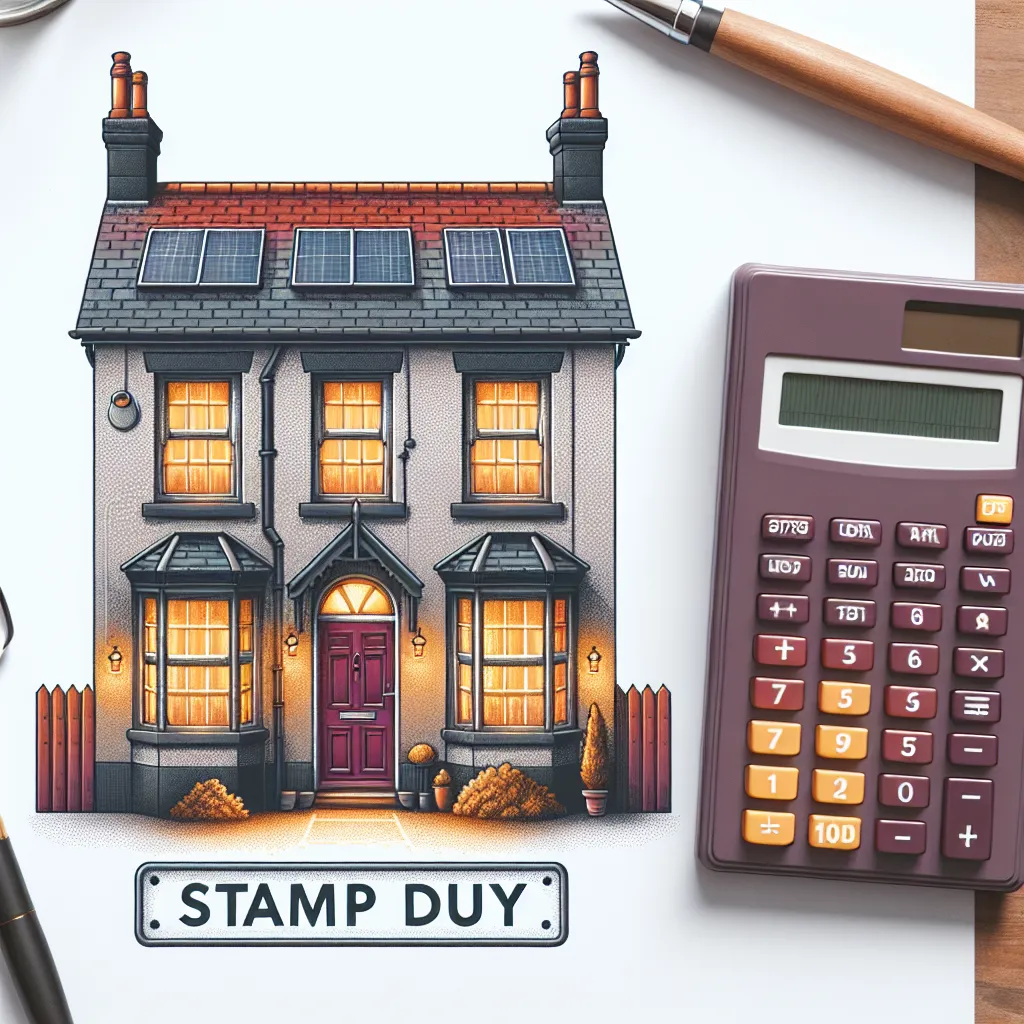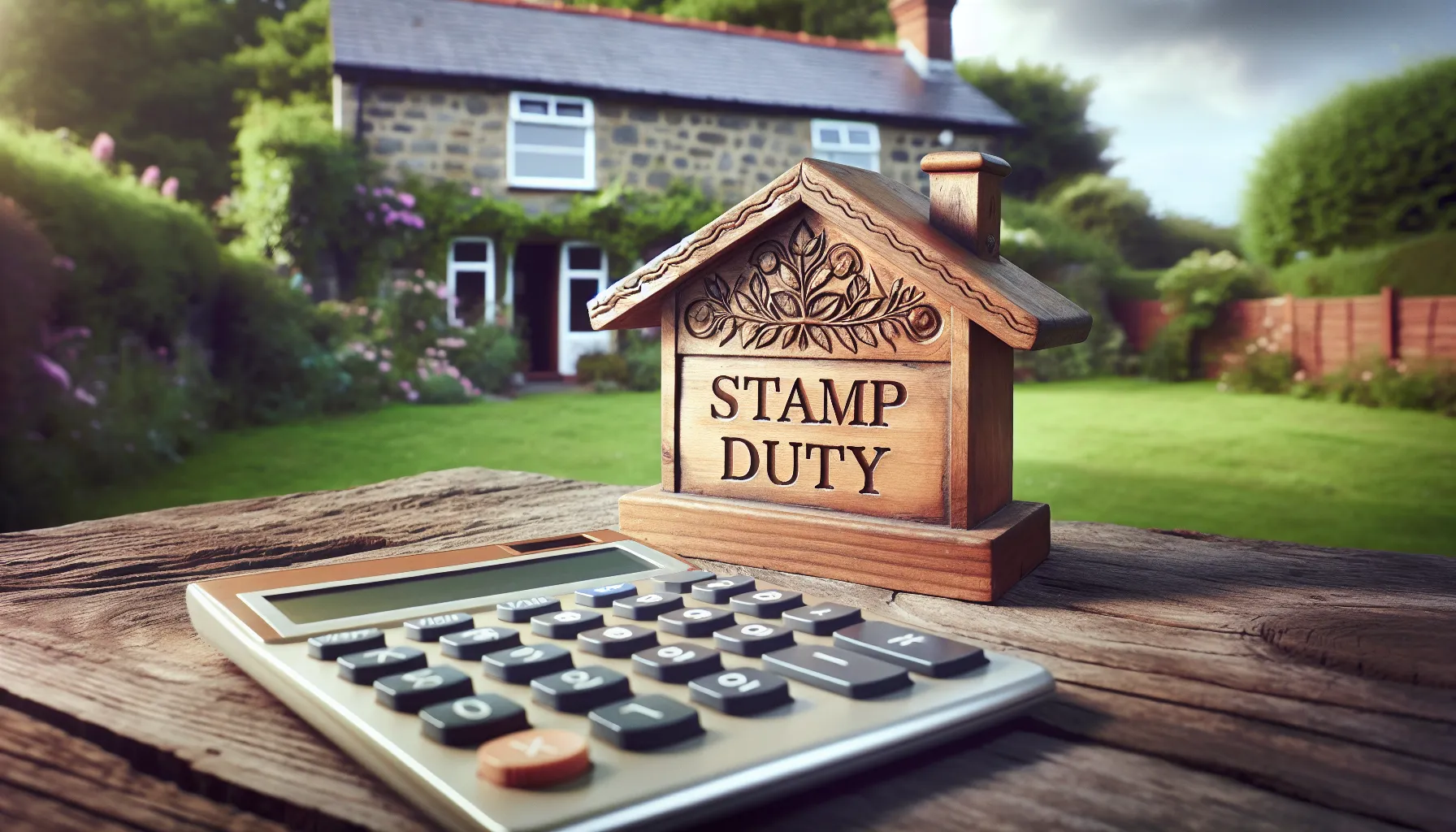When it comes to buying property in the UK, stamp duty can feel like a mysterious puzzle. Why does it exist, and how does it impact our investments? Stamp duty, known as Stamp Duty Land Tax (SDLT) in England and Northern Ireland, is a tax you pay when purchasing a property. It’s essential to understand how much you’ll owe to plan your finances effectively. Let’s dive into the essentials of using a stamp duty calculator to unravel this vital aspect of property investment.

Understanding Stamp Duty: More Than Just a Tax
Stamp duty isn’t just a fee; it’s a significant part of property transactions. Depending on the property’s value and your buyer status, this tax can vary. Are you a first-time buyer or purchasing an additional property? The rates change accordingly. Since the reforms in 2014, SDLT has evolved into a progressive tax, calculated based on specific thresholds. But don’t worry, we’ve got the tools to make these calculations easier.
The Basics of Stamp Duty
Before we get into calculations, let’s explore the basics:
-
What Is Stamp Duty?
Stamp duty is a tax paid on property purchases. The rates depend on the property’s purchase price, with various thresholds influencing the amount owed. -
When Do You Pay Stamp Duty?
SDLT is due within 14 days of completing a property purchase. Typically, your solicitor handles this on your behalf, ensuring a smooth process. -
Who Needs to Pay?
Almost everyone buying property must pay stamp duty, but there are exceptions for first-time buyers and certain reliefs available.
Stamp Duty Rates: A Quick Overview
Here’s a glance at the current SDLT rates for residential properties:
| Price Band | Normal Rate | Additional Property Rate |
|---|---|---|
| Up to £250,000 | 0% | 3% |
| £250,001 to £925,000 | 5% | 8% |
| £925,001 to £1.5 million | 10% | 13% |
| Over £1.5 million | 12% | 15% |
Stamp Duty for Different Buyers
First-Time Buyers
First-time buyers enjoy several benefits, including relief on properties up to £425,000. If you’re buying your first home, understanding these reliefs can save you money.
Additional Property Purchasers
For those buying a second home or investment property, an additional 3% is added to the standard SDLT rate. This surcharge aims to control the housing market by reducing speculative purchases.
Calculating Your Stamp Duty: A Step-by-Step Guide
Using a stamp duty calculator simplifies the process. Here’s how:
-
Select Your Buyer Status
Are you a first-time buyer, moving home, or purchasing an additional property? Select the appropriate option. -
Enter the Purchase Price
Input the property’s price into the calculator. This figure is crucial for determining your tax liability. -
Calculate Your Stamp Duty
Hit the “Calculate” button for instant results. The calculator will provide a detailed breakdown of the tax owed based on the latest rates.
Example Calculations
Let’s explore a few examples to illustrate how SDLT is calculated:
- Buying a £500,000 Home
- No stamp duty on the first £250,000.
-
5% on the next £250,000, resulting in £12,500 total SDLT.
-
Acquiring a £750,000 Property
- No tax on the first £250,000.
- 5% on the next £500,000, totaling £25,000 SDLT.
Beyond the Calculator: Navigating Stamp Duty Refunds
Did you know you might be eligible for a refund? If you’re replacing your main residence and sell your previous home within three years, you could reclaim the additional 3% surcharge. Understanding these nuances is key to maximizing your investment.
Special Cases: Non-UK Residents
For those outside the UK, an extra 2% surcharge applies, bringing the top SDLT rate to 17% for additional properties. This measure helps stabilize the property market, especially in areas like London.
The Role of AnySqft in Simplifying Transactions
At AnySqft, we leverage cutting-edge AI technology to streamline property transactions. Our platform offers instant stamp duty calculations, ensuring you make informed decisions without the hassle.
Conclusion: Mastering Stamp Duty for Smart Investments
Understanding stamp duty isn’t just about paying taxes; it’s about making informed, strategic decisions in property investment. With a reliable stamp duty calculator and insights into current rates, you’re well-equipped to navigate your next property purchase. Whether you’re a first-time buyer or adding to your portfolio, the right knowledge ensures your investment journey is smooth and successful.
<stamp.duty calculator
A stamp duty calculator is an essential tool for property buyers in the UK, allowing you to determine your Stamp Duty Land Tax (SDLT) liability quickly. Here’s how it works:
Key Features:
- Instant Calculations: Input your purchase price to get immediate results.
- Buyer Status Options: Select options like First-Time Buyer, Moving Home, or Additional Property.
- Detailed Breakdown: View how much you owe based on current rates.
Benefits of Using AnySqft:
- Simplifies the buying process.
- Provides accurate, up-to-date calculations.
- Saves time and reduces stress.
For more efficient property transactions, visit AnySqft today!
